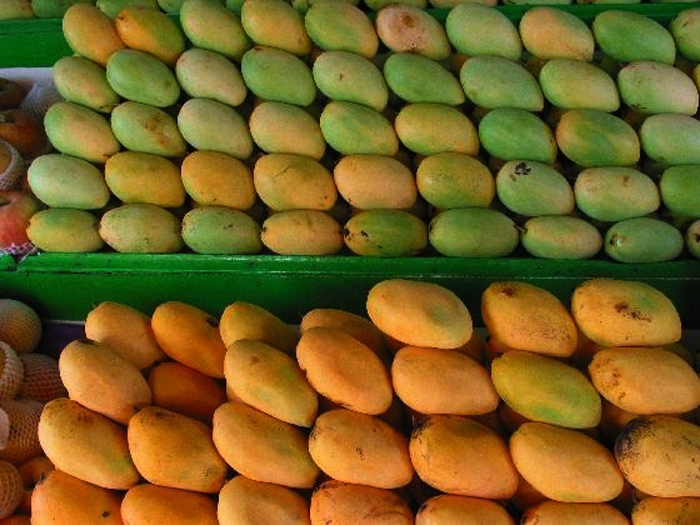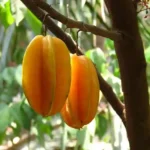Ang Alamat ng Manga – The Legend of Mango

The Philippine mango is inarguably the beloved darling out of all our local fruits. Mangoes thrive in the tropics, and are cultivated everywhere from the Carribean Islands to Southeast Asia. But it is the Philippine mango that’s famed throughout the world for its sweet nectar and especially succulent flesh.
What’s the Legend Behind It?
There was once a man named Daeogdog who lived in a quiet village in the Aklan province. He was known for his quick, explosive temper and for always trying to get his way. Thus, it was no surprise when he forced his beautiful and gentle daughter, Aganhon, into an engagement with Maeopig, a young man who was as quarrelsome and domineering as he was. Aganhon pleaded with her father to cancel the engagement, but he flatly refused and kept insisting that his choice was the best.
On the day of the wedding, Aganhon was nowhere to be found. The bridal party searched high and low, until someone finally ventured into a nearby stream and stumbled upon the young bride’s motionless body, with a dagger sticking out of the poor girl’s chest. (I suppose she preferred to stab her own heart rather than give it to the pig she was supposed to marry.)
Stricken with grief and remorse, Daeogdog dreamt of his daughter on the night of her funeral. In the dream, Aganhon led her father to a tree that grew on the spot where they found her body. As soon as he awakened, Daeogdog rushed over to the stream and found the same tree, its branches heavy with bright yellow fruits that were shaped like hearts. He sampled one and found it to be as sweet and tender as the heart of the daughter whose feelings he callously disregarded. He called it “mango”/”mangga”, which meant “heart-shaped” in their ancient tongue.
The story doesn’t say how the smoke-belching kapre came to dwell in mango trees, but my brother reckons that Aganhon’s ogre of a suitor might have started the trend.
References:
https://www.scribd.com/doc/47455229/Ang-Alamat-ng-Mangga
Sta. Romana-Cruz, N. (1993). Why The Piña Has A Hundred Eyes And Other Philippine Folk Tales About Fruits. Makati, Philippines: Ilaw ng Tahanan Publishing.










